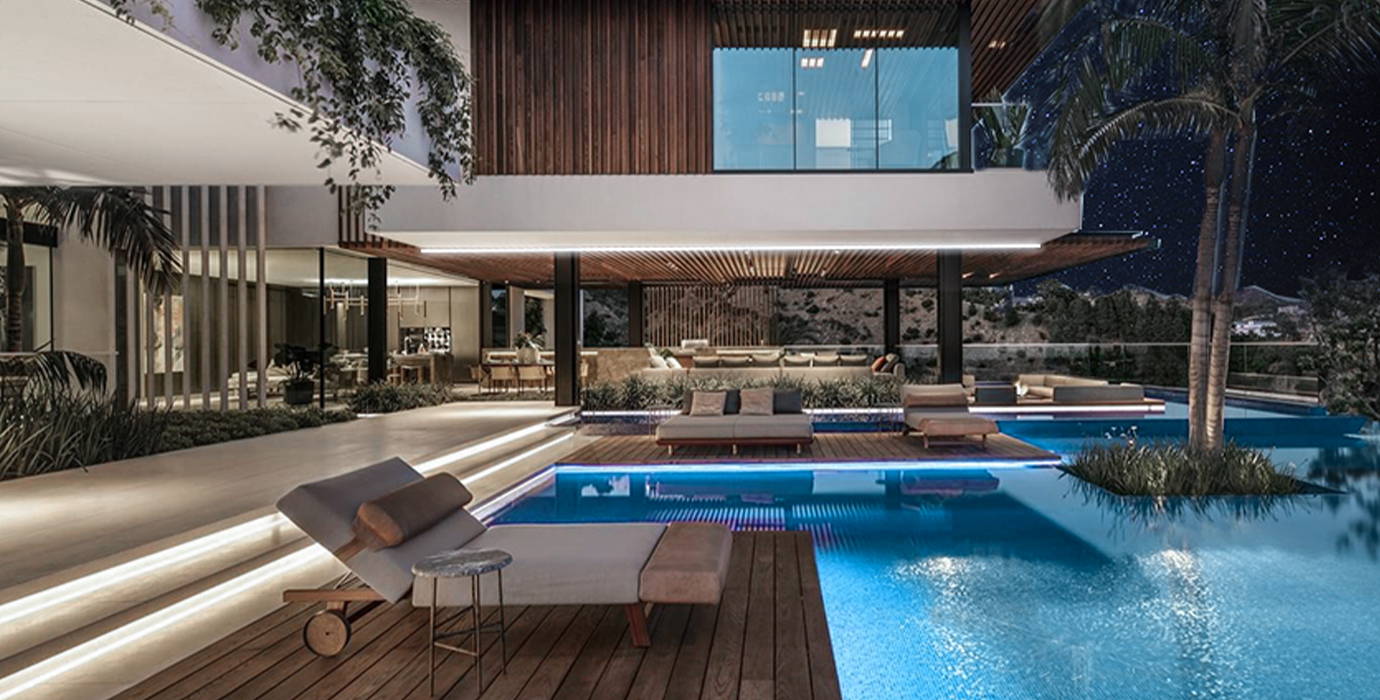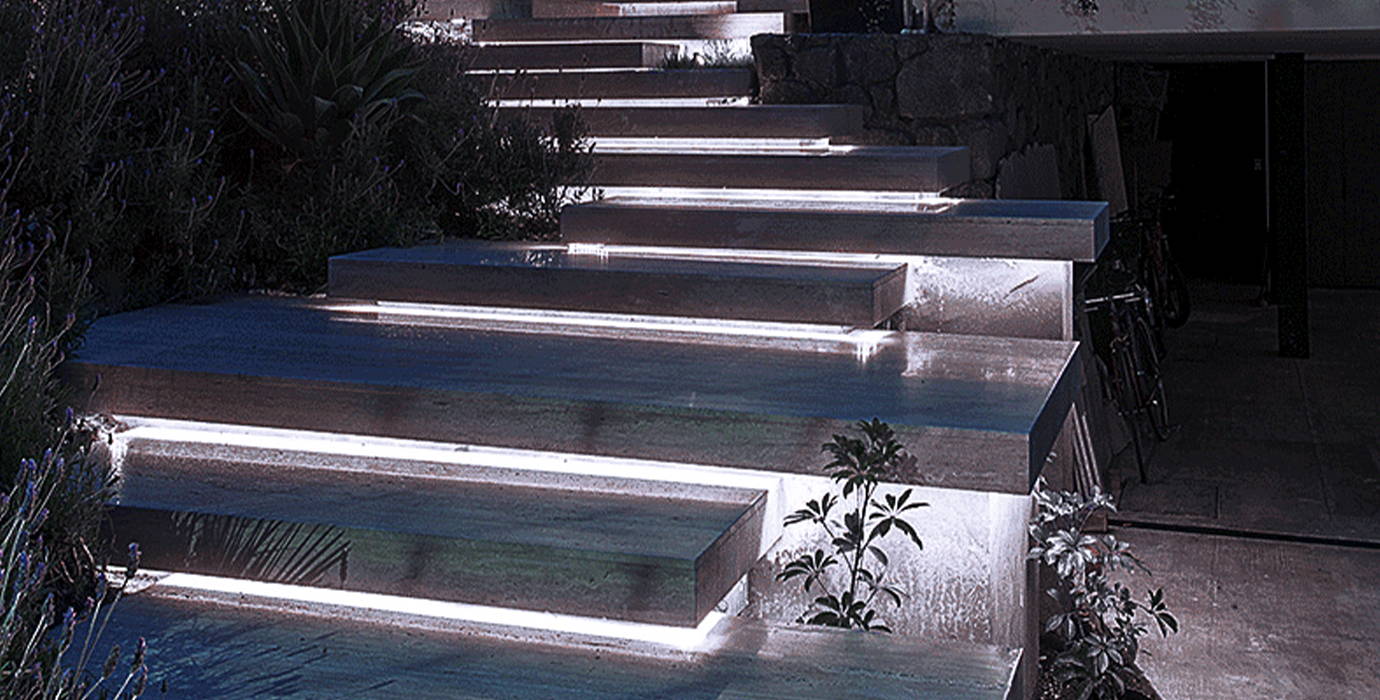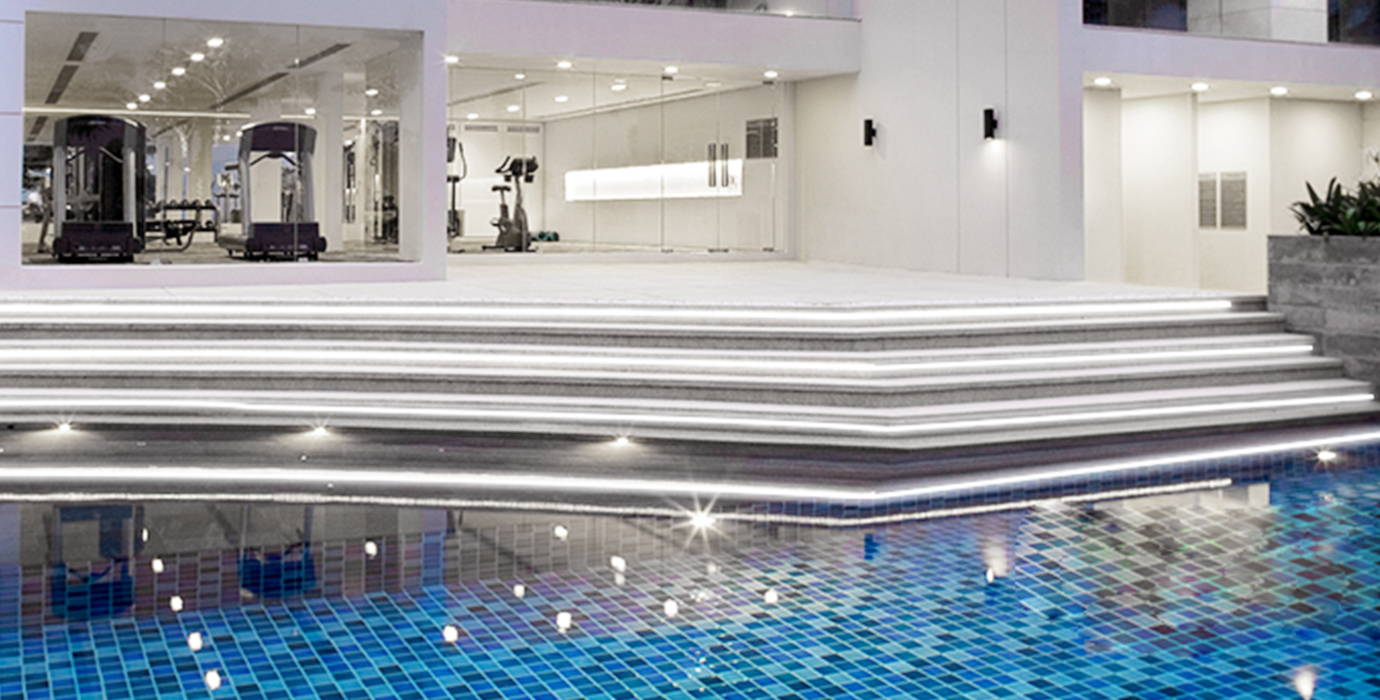Step 1: Choose a suitable mounting surface
Choose a flat and clean surface for installation, avoid installing on uneven or rough surfaces to ensure that the light strips fit closely and more firmly.
Step 2: Preparation
Before installation, make sure the selected surface is dry and clean, wipe it with cleaner to remove dust and oil stains to improve adhesion of backing adhesive.
Step 3: Correct pasting method
Start from one end and gradually paste the whole LED strip, make sure to apply even force to avoid pulling or squeezing during installation. Use even force to tighten the strip to ensure a tight surface fit and avoid gaps and blisters.
Step 4: Use bracket fixing
For some surfaces that cannot be directly pasted, use brackets to fix them to ensure that the strip is firm and safe.
Step 5: Avoid frequent location changes
Avoid changing the position of the LED strip frequently within a short period of time, so as not to cause damage to the surface or adhesive decline.
Step 6: Pay attention to temperature and humidity
Avoid choosing humid or temperature extreme environment when installing LED light strips to ensure the adhesion effect of adhesive backing and mounting surface.
Step 7: Regular inspection and maintenance
Regularly check the adhesion of the LED light strip, if found problems timely repair, to ensure long-term stable installation effect.


















